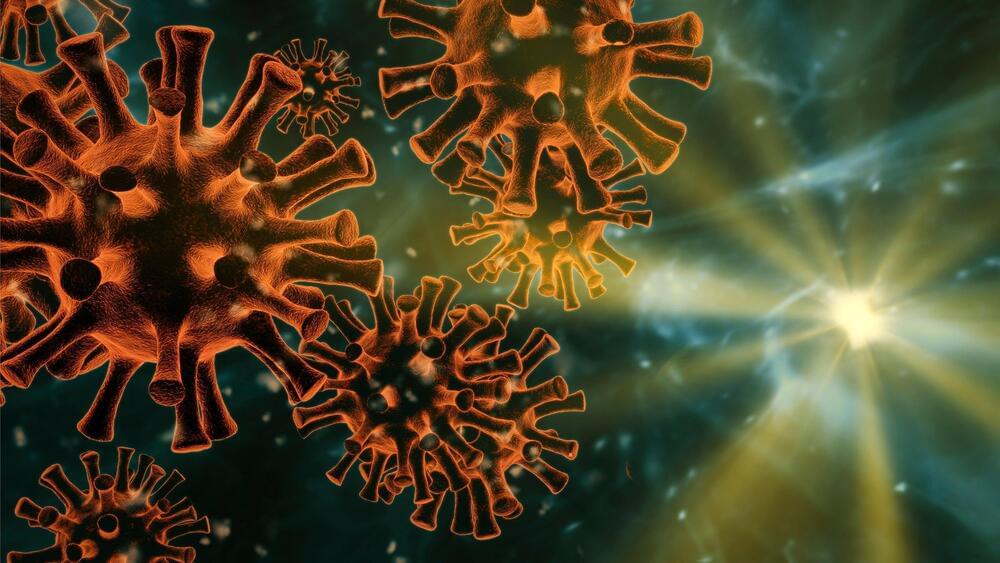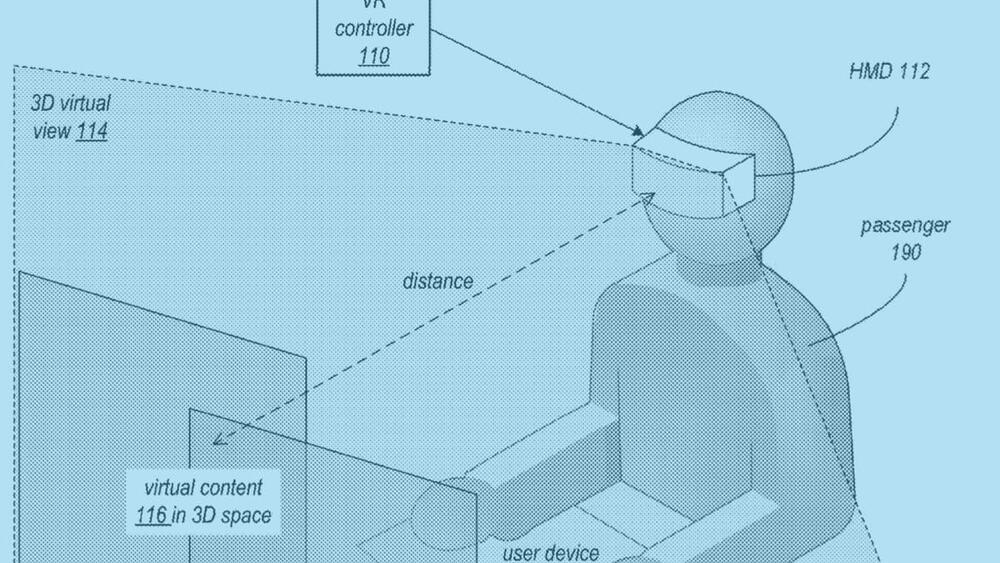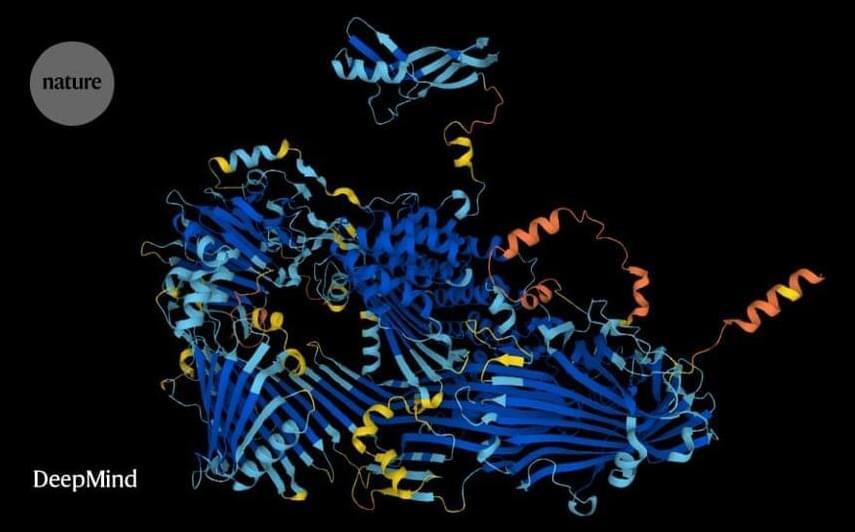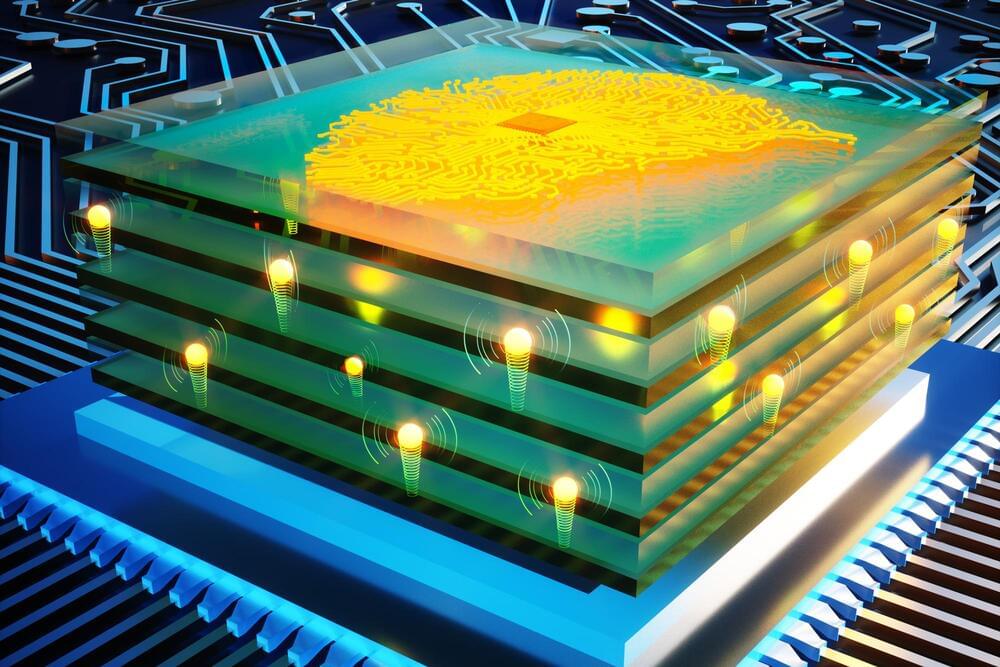New paleomagnetic research suggests Earth’s solid inner core formed 550 million years ago and restored our planet’s magnetic field.
Swirling liquid iron in the Earth’s outer core, located approximately 1,800 miles beneath our feet, generates our planet’s protective magnetic field, called the magnetosphere. Although this magnetic field is invisible, it is vital for life on Earth’s surface. That’s because the magnetosphere shields the planet from solar wind—streams of radiation from the sun.
However, about 565 million years ago, the magnetic field’s strength dropped to 10 percent of its strength today. Then, mysteriously, the magnetic field bounced back, regaining its strength just before the Cambrian explosion of multicellular life on Earth.







